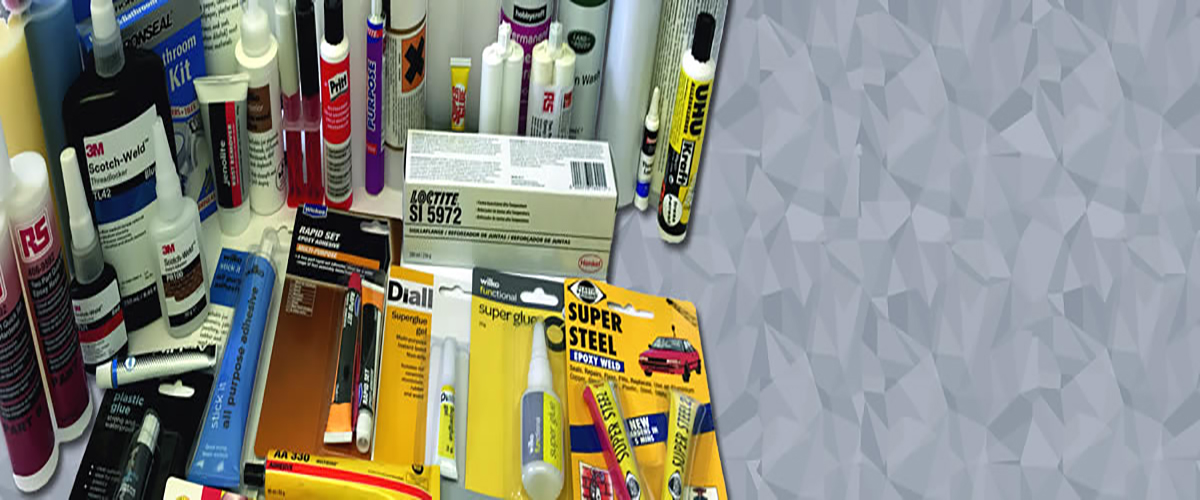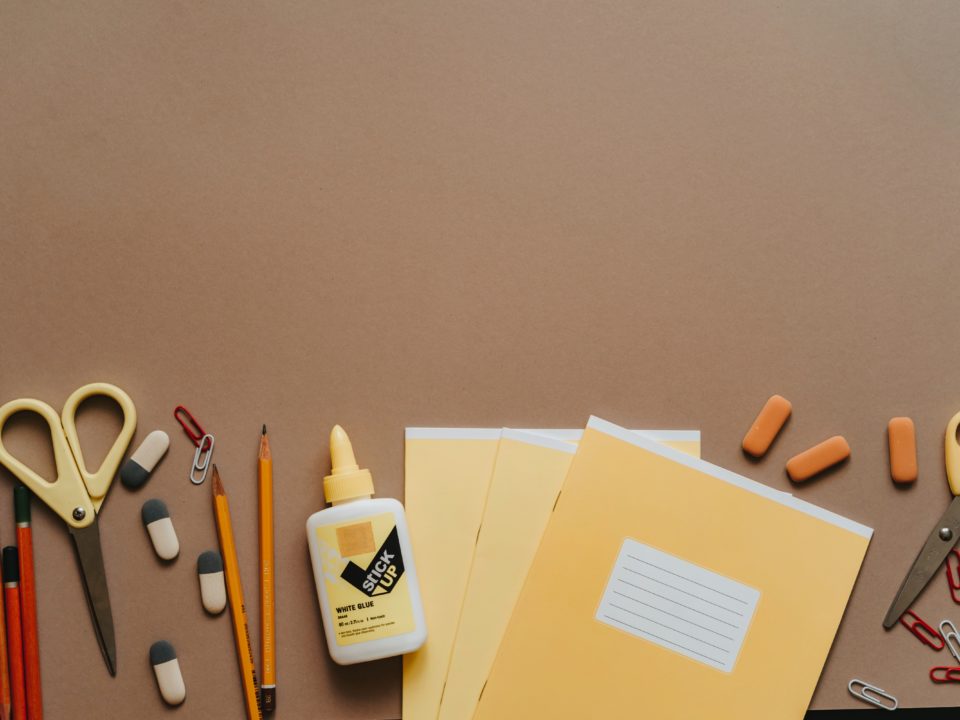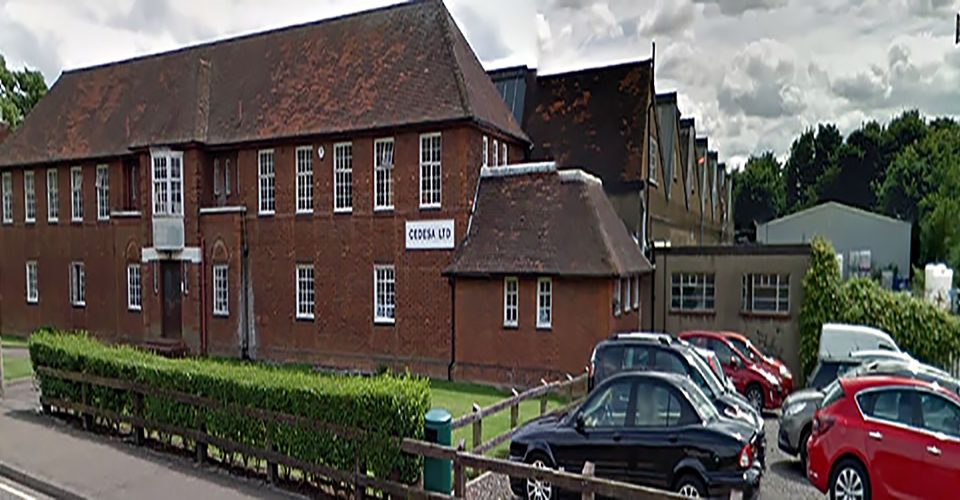Common Super Glue Questions
Super glue and adhesives in general can come in all shapes and sizes, with different superglues designed for different tasks.
All these complicated adhesives come with many questions, such as ‘can I use this super glue on this material?’ and ‘what glue works on glass?’. In this blog, we will be discussing the different uses of these adhesives, how they are best applied and we will be answering some common superglue questions.
What glue works on glass?
For more day-to-day household glueing and glass binding, a standard cyanoacrylate superglue is more helpful. Using coloured cyanoacrylate, rapid curing cyanoacrylates and flexible cyanoacrylates mean that your glass seal can look and act specifically to your needs.
There are a variety of adhesives that work better in different environments when used to bind glass and glueing glass back together. It is important that you establish what purpose you want the glass binding to serve. The adhesive you use to bind your glass needs to be strong, flexible and where possible, invisible in order to leave a natural looking finish.
If you are looking for an adhesive that is for industrial use, then our epoxy adhesive is your best bet. Epoxy handles brilliantly under the contact of harsh chemicals and pressures, making it ideal for industrial use. Cedesa are leading experts when it comes to supplying and manufacturing Epoxy, with our epoxy products proven to last many years in harsh environments, ensuring that you’re not constantly re-applying adhesive.
At Cedesa, we offer many variations of superglue to fit your unique needs. Our superglue range includes coloured cyanoacrylate, rapid curing cyanoacrylates and flexible cyanoacrylates. These variations mean that your glass seal can look and act specifically to your needs, ensuring that whatever your task is at home, you can be sure Cedesa has the right adhesive for you.
Can you glue metal to metal?
Yes, you can glue metal to metal. Epoxy glue is the best adhesive for binding metals together, due to the materials Epoxy is made out of – a mixture of resin and hardener. This mixture means that Epoxy glue is an extremely strong adhesive.
This strong adhesive can be used in multiple harsh environment industries and performs well at metal binding.
What is the best glue for wood furniture?
The best glue for wood furniture is PVA glue. PVA is soluble in water and works best for glueing materials like paper, cards, plaster, and wood. You can get PVA that is specially formulated for wood fibres, meaning that when it’s applied, the bond becomes very strong.
PVA also keeps wood looking superb, so rest easy knowing the PVA won’t be off-putting visually.
What is the best glue for Polystyrene?
Use a superglue (cyanoacrylate) when bonding Polystyrene. At Cedesa we have a variety of specialized superglues so find the right one that fits your polystyrene needs. Make sure you cover the joint with the adhesive and nothing extra for a perfect bind.
Lots of adhesives can bond with polystyrene, but most of these glues will break due to stress cracking. This makes bonding polystyrene a tricky task for customers using the wrong adhesive. However, with the right adhesive, this is an easy task.
What is the best glue for glueing fabric to plastic?
The problem with using most multi-use glues is that they leave stains on the bind, which is not ideal when we’re working with fabric. Instead, use fabric glue to make binds that can be stronger than sewing itself, and leave no residue behind. Your fabric will be left with a strong bind when using a fabric adhesive.
If you have found this blog post helpful, or if you have any questions then feel free to contact us.



